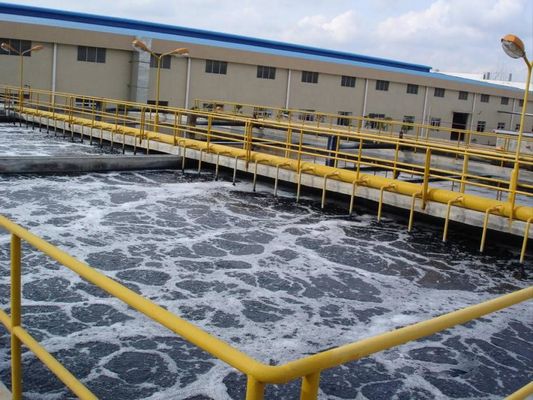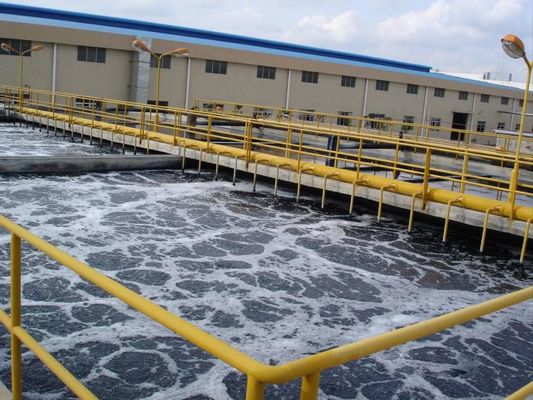Food Wastewater Treatment Equipment Stations Various Industries
Background:
Due to the wide variety of foods and wide sources of raw materials, the wastewater of food industry has high suspended solids, high oil content, heavy metal ions, large COD and BOD values, and the amount of change in water and water is high, and the content of nitrogen and phosphorus compounds is high. The water temperature is also high.
The sewage treatment process is divided into primary treatment, secondary treatment and tertiary treatment. For food industry sewage, the first-stage treatment generally uses solid-liquid separation technology to remove suspended solids and floating materials in the sewage; secondary treatment is the main treatment process, and biological treatment technology is generally used to remove toxic substances such as organic substances in water, generally using membrane treatment. , strong oxidants and other technologies to further evolve sewage
1) Equipment Name: Food Wastewater Treatment Equipment
2) Use occasions: hotels, restaurants, nursing homes, hospitals, residential quarters, villages, market towns; stations, airports, seaports, ships; factories, mines, troops, tourist spots, scenic areas, various industries similar to domestic sewage Organic waste
Process flow chart:

Process Description:
The sewage is collected into the sewage treatment station through the sewage pipe network. Before entering the regulating tank, the sewage first flows through the slag and the grease trap to remove the suspended solids and oily substances of the large particles; then flows into the regulating tank to adjust the water quality and water volume, and then The sewage lifting pump lifts the sewage to the air flotation machine for the removal of fine suspended solids, and then removes most of the organic pollutants by biochemical treatment. After flowing into the buffer pool, it is pumped to the MBR integrated equipment, and the hollow fiber membrane is filled in the MBR reaction tank.
The microorganisms in the reaction tank assimilate and dissipate the biodegradable pollutants in the sewage. Most of the dissimilated products become harmless CO2 and H2O, and the assimilation products become the constituent materials of the microorganisms. The water from the MBR reaction tank can directly enter the clean water disinfection tank. The disinfectant is disinfected to kill the germs, and the color is removed, and the water quality indicators are discharged after reaching the standard.
Installation site picture:

5) Supply (cooperation) method and delivery cycle
1: Determine the usage scenario.
2: Analyze the quality of contaminated water (if necessary, do laboratory analysis)
3: Determine the treatment process.
4: The supplier forecasts the price duration and governance objectives of the equipment or system.
5: The supplier and the buyer negotiate the price duration and the governance objectives, negotiate the contract, and sign the contract and pay the supplier prepayment.
6: After the equipment is produced and paid by the buyer and its agent, the payment will be made.
7: The supplier rushed to the place of use of the buyer for installation instructions and commissioning.
8: System training for equipment use and maintenance.
Advantages: The food wastewater treatment equipment adopts advanced biological treatment technology, which removes BOD5, COD and NH3-N in one body. It has stable and reliable technical performance, good treatment effect, low investment, small land occupation and convenient maintenance.

 Your message must be between 20-3,000 characters!
Your message must be between 20-3,000 characters! Please check your E-mail!
Please check your E-mail!  Your message must be between 20-3,000 characters!
Your message must be between 20-3,000 characters! Please check your E-mail!
Please check your E-mail! 



